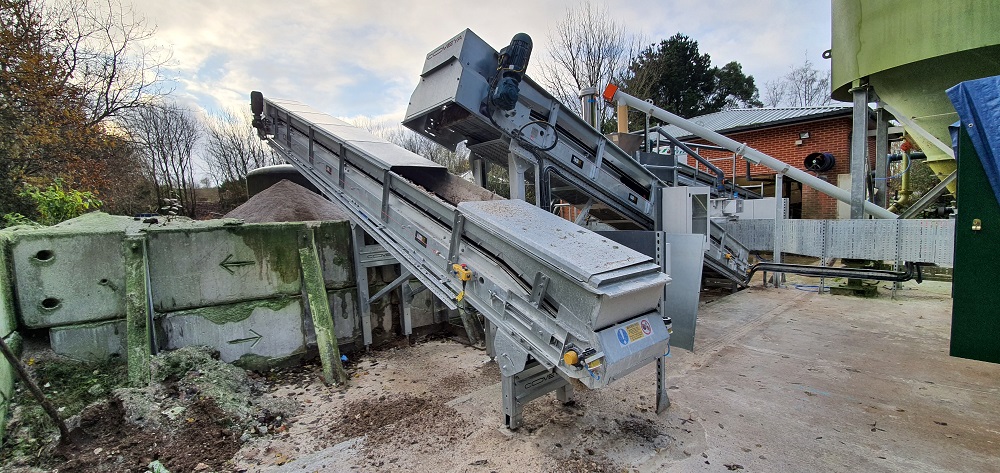- Amanda
- June 11, 2020
Belt Conveyors Work Wonders for Sludge

From sewage, dewatered sludge, dried biosolids, cake, wastewater handling, and other water treatment and sewage processing, Conveyors have been supporting water treatment and reservoir sites for many years. They have an important part to play across the water industry and with increases in demand and a need to improve both cost and time efficiencies, conveyors offer a solution that does just that.
Primitive conveyor belts have been in use since the 19th century and now, in the 21st century they come in all widths and lengths and many can reach impressive inclines and throughputs but for sewage treatment, belt conveyors are very effective for handling treated and de-watered sewage sludge postdigestion. They are more versatile and affordable than traditional ‘screw conveyors’ and because they contain many small wear parts, they are much easier to maintain. They also offer the durability that water treatment sites need, and interestingly, they can also include an extremely effective belt cleaning system!
Belt conveyors do not change the consistency or the volume of sludge being processed. However, when using other types of conveyors this is not the case and more importantly, they are the most cost-effective option as they are on average, 50% cheaper than screw conveyor alternatives. They can handle sludge at inclines up to 20 degrees and there is no doubt that belt conveyors help to eliminate downtime, enabling the effective movement of dewatered sludge regardless of the size or the complexity of the site.
Coveya offers the Easikit belt conveyor system. It has been used extensively for handling de-watered sludge throughout the entire UK since the mid-1990’s both in temporary de-watering contract works and permanent installations. Many centrifuge suppliers partner with Coveya and the Bristol-based company always holds a stock for extremely rapid deployment. Coveya also boasts probably the largest fleet of rental belt conveyors on the planet at over 250 conveyor systems and can despatch rental conveyor systems to site next day schedules permitting.
The Easikit system is a particularly good example of a belt conveyor for de-watered sewage sludge as the belt runs over the edge of the frame, minimising the possibility for sludge to get inside the conveyor (which causes damage and breakdowns). This design feature of the Easikit is atypical for conveyors (in fact its unique) which is probably why so many water and wastewater treatment companies throughout the UK specify Easikit 600 conveyors for their plants when appropriate.
Belt conveyors will continue to keep sludge and sewage moving and with increases in demand and the need to provide a quality treatment service, conveyors will continue to play their part in achieving just that.


